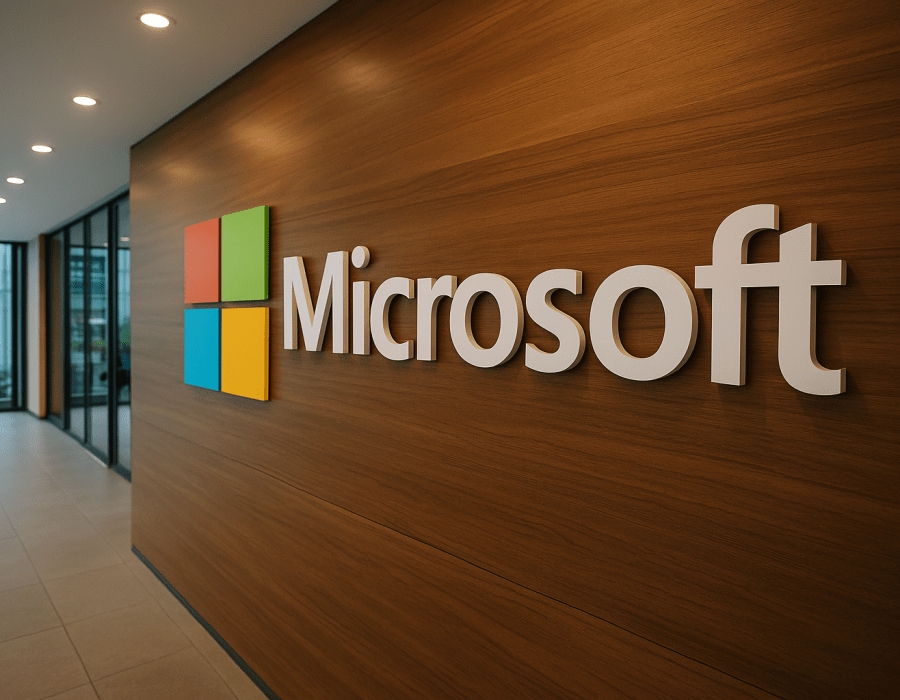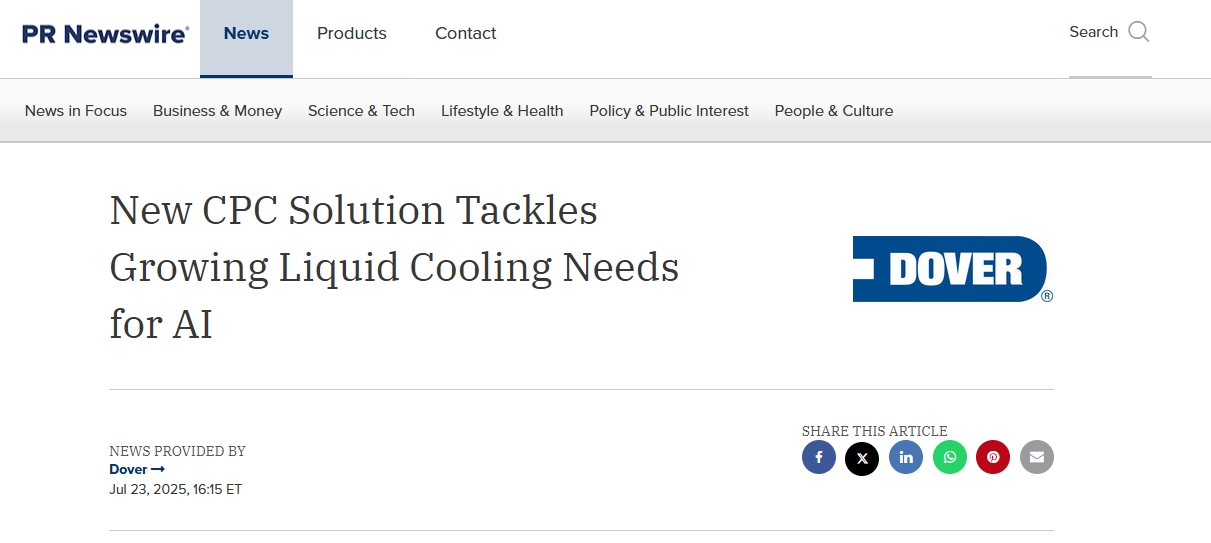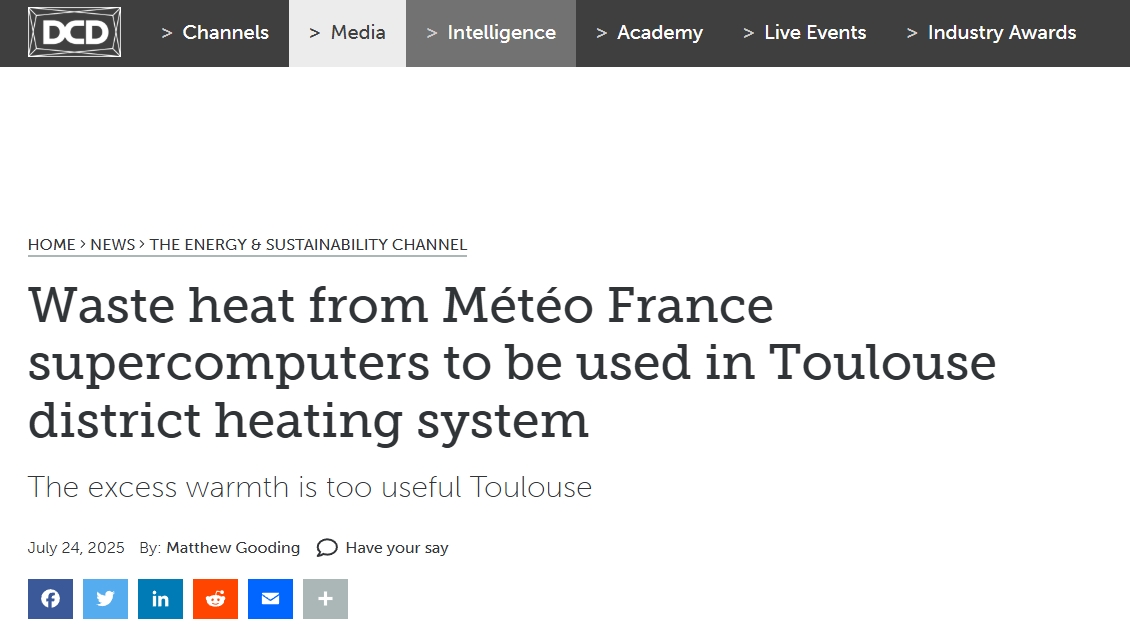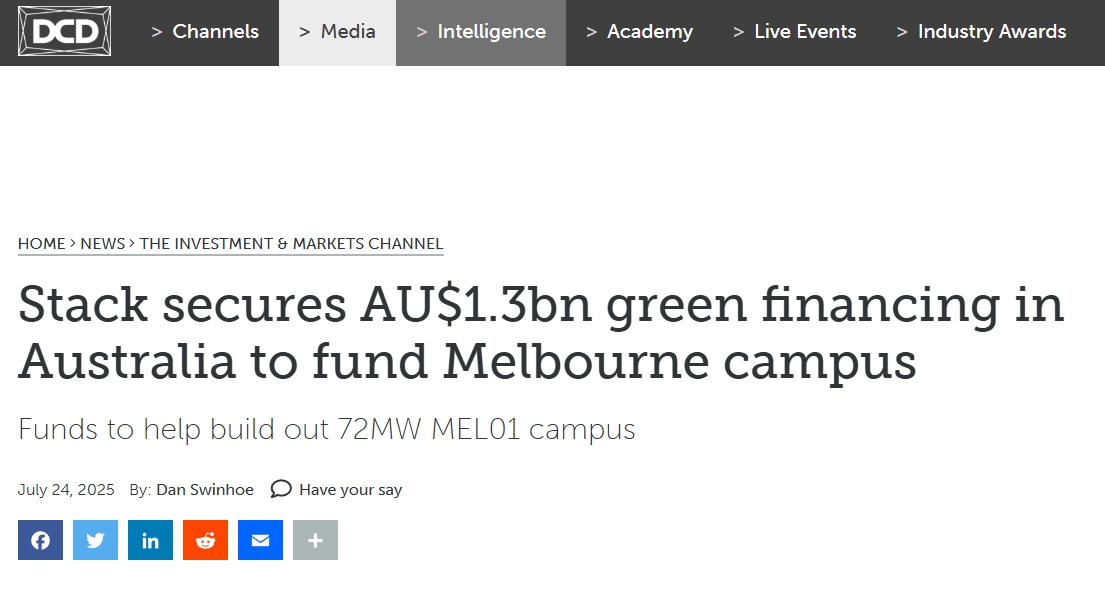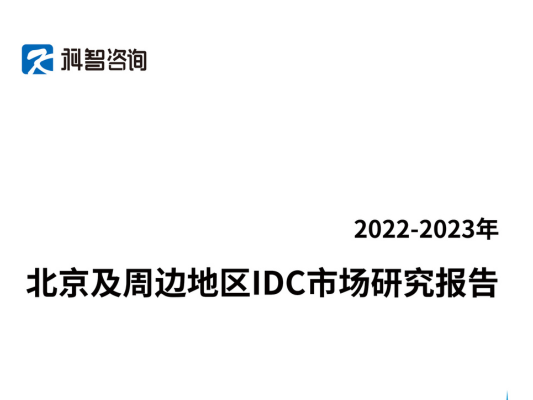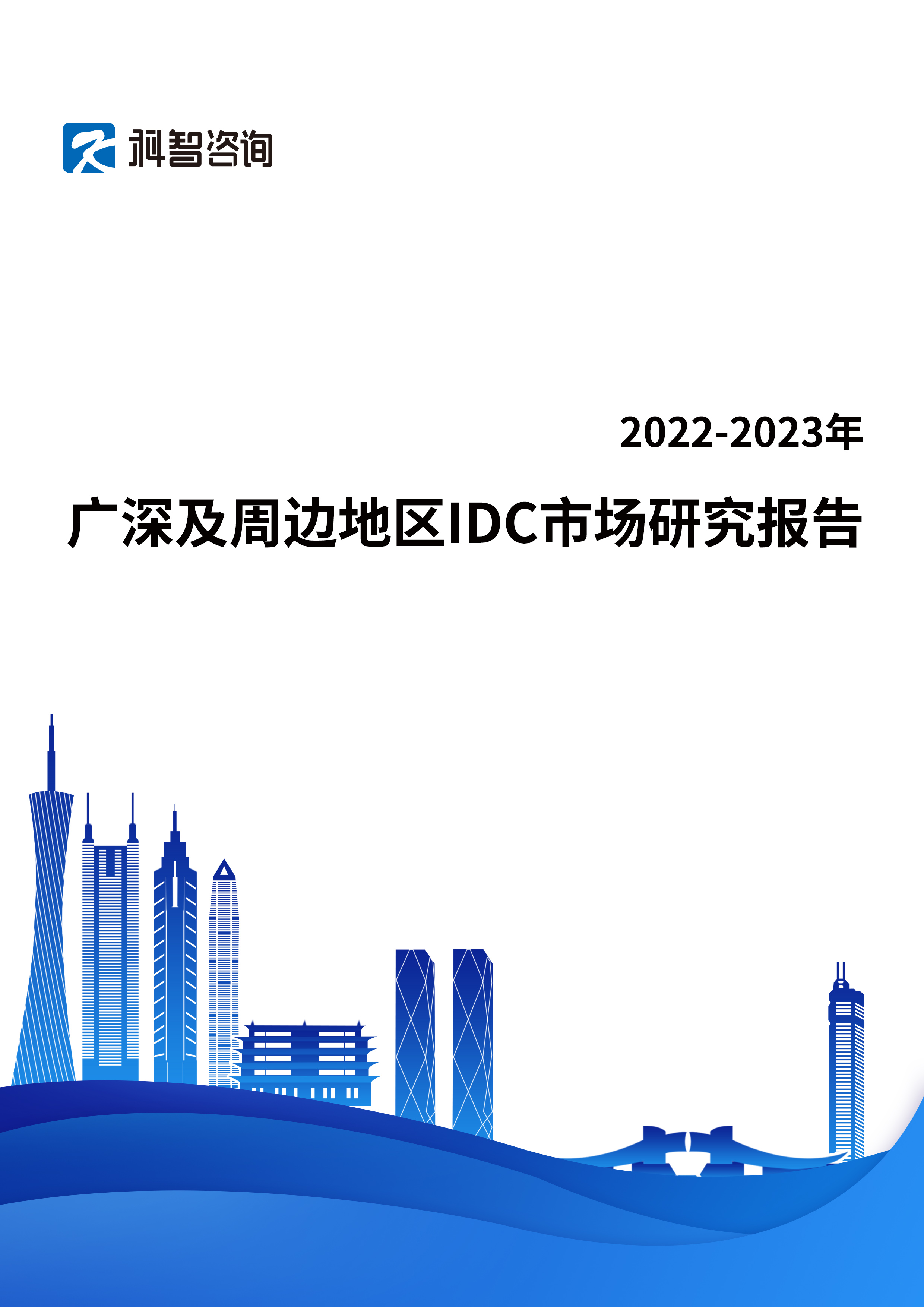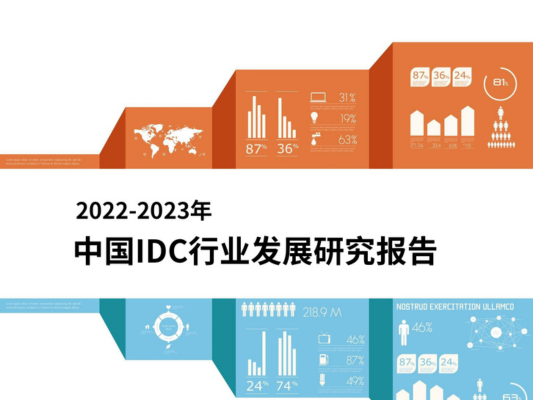In Q1 2025, Microsoft stunned markets with the announcement of an $80 billion capital expenditure (CapEx) plan for the fiscal year—its largest annual investment ever. The lion’s share is earmarked for cloud infrastructure, AI supercomputing, and data center expansion across key global markets.
This massive reinvestment not only reflects Microsoft’s continued dominance in the cloud and enterprise AI space—it also sends a powerful message: the future of cloud is bigger, faster, and deeply tied to generative AI demand.
This blog unpacks the strategic signals behind the announcement, the infrastructure impact, and what it means for customers, competitors, and the global digital ecosystem.
Key Highlights of Microsoft’s $80B CapEx Strategy
According to the earnings call and subsequent investor briefings, the CapEx will fund a diverse array of critical initiatives designed to ensure Microsoft stays ahead in the rapidly evolving cloud and AI ecosystem. Major priorities include the establishment of new Azure data center regions in key global markets like Europe, Southeast Asia, and Africa. These builds will be equipped with Tier IV capabilities, multi-layer fiber redundancy, and sustainable energy solutions.
Microsoft is also investing heavily in specialized AI infrastructure built on a mix of NVIDIA H100, AMD MI300X, and Microsoft’s own custom AI chips, designed to support the next wave of massive generative models and inference services. Other infrastructure upgrades include liquid cooling systems, ultra-dense server architecture, and expanded Azure OpenAI Service zones specifically designed to host large-scale LLM applications.
Sustainability remains a cross-cutting priority, with Microsoft incorporating carbon-negative technologies, recycled water systems, and renewable power procurement agreements to align with its ambitious 2030 ESG targets.
The AI Imperative: Cloud Infrastructure as the Foundation
The explosive growth of AI workloads—especially large language models and real-time inference—has fundamentally changed how cloud infrastructure is designed and deployed. Microsoft’s partnership with OpenAI has placed it at the epicenter of enterprise AI, powering services like GitHub Copilot, Microsoft 365 Copilot, and Azure OpenAI for developers and businesses.
To maintain leadership in this space, Microsoft is building out infrastructure capable of handling:
Massive parallel processing for model training and fine-tuning
Fast, distributed inference for customer-facing AI apps
Secure multi-tenant environments for enterprises leveraging private LLMs
By owning and scaling the infrastructure backbone of AI, Microsoft isn’t just reacting to demand—it’s actively shaping the future of the cloud as an AI-native platform. With compute availability emerging as the biggest constraint to AI deployment, Microsoft's CapEx strategy ensures that it can meet the world’s insatiable appetite for generative intelligence.
Global Expansion: Where the Data Centers Are Going
Microsoft’s announcement includes plans for 12 new Azure regions, with an emphasis on geographic and regulatory diversification. In Europe, facilities are planned in Warsaw, Madrid, and Oslo to serve both commercial and public-sector clients with localized compliance. In Africa, new regions in Nairobi and Johannesburg will support cloud-native growth and regional digital transformation.
Asian markets like Jakarta, Ho Chi Minh City, and Bangalore are being targeted for their booming startup ecosystems and developer communities. North American expansions in Salt Lake City, Atlanta, and Montreal will help balance West Coast traffic and improve multi-region redundancy for critical enterprise applications.
These expansions are not just about increasing footprint—they are about creating regional hubs that meet data sovereignty laws, reduce latency, and improve disaster recovery options for global customers. Every new build includes support for advanced sustainability features such as onsite solar, PPAs (Power Purchase Agreements), and smart water usage systems.
Microsoft’s Edge and AI Supercomputing Strategy
Beyond traditional data centers, Microsoft’s CapEx includes a strong focus on edge computing and AI super computing capabilities. It is expanding Project Natick, its experimental underwater data center project, to explore high-efficiency, low-latency compute options in coastal markets.
Additionally, the company is building out supercomputing hubs in Iowa, Virginia, and Sweden to handle the intense workloads of training models like GPT-5 and other proprietary LLMs. These hubs are designed with liquid cooling, direct power sourcing, and redundant fiber interconnects, offering unprecedented performance per watt.
Edge zones—smaller infrastructure nodes close to end users—will also be expanded to support 5G-enabled inference, AR/VR workloads, and real-time applications in logistics, healthcare, and IoT. This decentralized strategy supports hybrid cloud architectures and ensures compute availability at every layer of the network.
Sustainability: Investing in a Greener Cloud
Sustainability is no longer a side initiative—it is a strategic imperative. Microsoft’s $80 billion investment includes substantial funding for green initiatives that reduce the environmental impact of its data center operations.
Efforts include:
Advanced water reuse systems in arid regions to minimize fresh water usage
Circular economy initiatives to recycle and repurpose server hardware
Partnerships with utilities to build or source from carbon-free energy grids
Integration with smart grid technologies to better manage power draw during peak AI training cycles
These initiatives ensure that Microsoft remains a preferred cloud provider for enterprises with ESG goals, while setting the standard for sustainable hyperscale operations.
Implications for Enterprises and Startups
For large enterprises, Microsoft’s global expansion means better access to cloud regions that align with data residency requirements and industry compliance needs. Customers in regulated industries can now deploy workloads in more geographies with confidence. In addition, expanded availability of Azure’s AI tools, including pre-trained models and low-code integrations, gives companies new ways to embed intelligence into business workflows.
Startups also stand to benefit. Microsoft’s infrastructure growth unlocks greater compute availability, often with lower latency and reduced cost in newly launched zones. Programs like the Microsoft for Startups Founders Hub also provide technical mentorship, credits, and go-to-market support—making Azure an appealing launchpad for AI-native startups. These changes position Microsoft as both an enterprise-grade cloud and a startup-friendly ecosystem.
Competitive Impact: Amazon, Google, and the Rest
Microsoft’s move is widely seen as a preemptive strike in the escalating AI infrastructure race. While AWS remains the market leader in raw cloud revenue, Microsoft is rapidly closing the gap through its tight integration of cloud, productivity, and AI services.
Amazon is expected to respond with its own AI-specific CapEx announcement later this year, likely focused on AWS Trainium and Inferentia hardware. Meanwhile, Google Cloud is doubling down on its Vertex AI platform, offering model customization and multi-modal toolsets for enterprise developers. Oracle and IBM are pursuing their own strategies centered on regulated verticals like healthcare and finance.
Microsoft’s $80 billion investment not only raises the bar—it reshapes the competitive landscape by prioritizing AI-native architecture, regional diversity, and sustainability at scale.
Microsoft’s record-breaking $80 billion CapEx commitment for 2025 is not just a financial milestone—it’s a clear signal of where the cloud industry is heading. As generative AI reshapes application development, productivity, and customer experience, the need for specialized, resilient, and sustainable infrastructure has never been more urgent. Microsoft is betting big that compute availability, geographical diversity, and ESG compliance will be the defining factors in the next chapter of cloud competition.
For enterprises, this expansion promises better performance, compliance, and access to cutting-edge AI capabilities. For startups, it offers new opportunities to innovate on a global scale without the limitations of legacy infrastructure. For Microsoft’s competitors, it issues a challenge: evolve your cloud, or risk falling behind.
In the age of AI-first everything, infrastructure is destiny—and Microsoft is making sure it controls the map.

